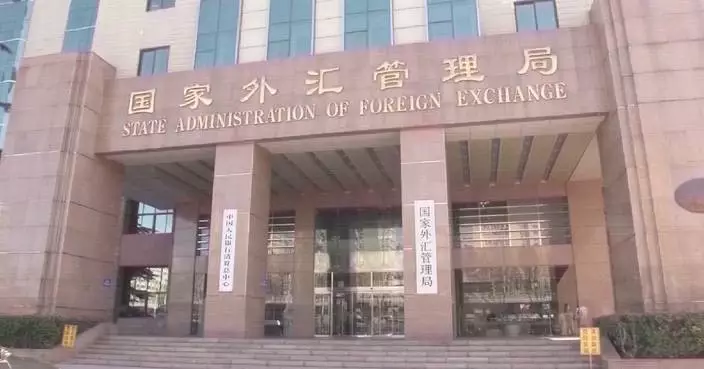China Global Television Network (CGTN) on Thursday released a brief animation to illustrate the origin, development and modern celebration of the Spring Festival, or Chinese Lunar New Year, which marks the beginning of a new year on the Lunar Calendar.
The animation was released on the occasion of the United Nations Educational, Scientific and Cultural Organization (UNESCO) adding the Chinese Spring Festival to the Representative List of the Intangible Cultural Heritage of Humanity, marking the global recognition of this vibrant celebration and cherished cultural tradition.
The date of Spring Festival is determined by the traditional lunar calendar rather than the Gregorian calendar widely in use today. The key distinction is that the Gregorian calendar is based on the Earth's orbit around the sun, while the lunar calendar follows the moon's orbit around the Earth.
As its name implies, the Spring Festival celebrates the arrival of spring. However, the festival was far from a celebratory occasion at its inception.
According to legend, a fearsome monster called Nian would terrorize villages at night until a humble old man mysteriously appeared. Through the use of loud noises and red decorations, he succeeded in frightening Nian away for good.
Today, the widespread use of the color red remains a key holiday tradition, symbolizing passion and renewal in Chinese culture.
The Spring Festival has evolved into one of the most widely celebrated holidays worldwide, with approximately one fifth of the global population participating. It has spread to numerous countries across Asia, Europe, and North America.
Similar to Christmas in the West, the Spring Festival is a time for reunions and sharing. It is an occasion to gather with family, offer gifts, and share home-cooked meals with friends. Families make an effort to reunite for the traditional New Year dinner, while old friends reflect on and reminisce about cherished memories.
The 2025 Spring Festival will fall on January 29, 2025.

CGTN animation illustrates origin, celebration of Spring Festival









